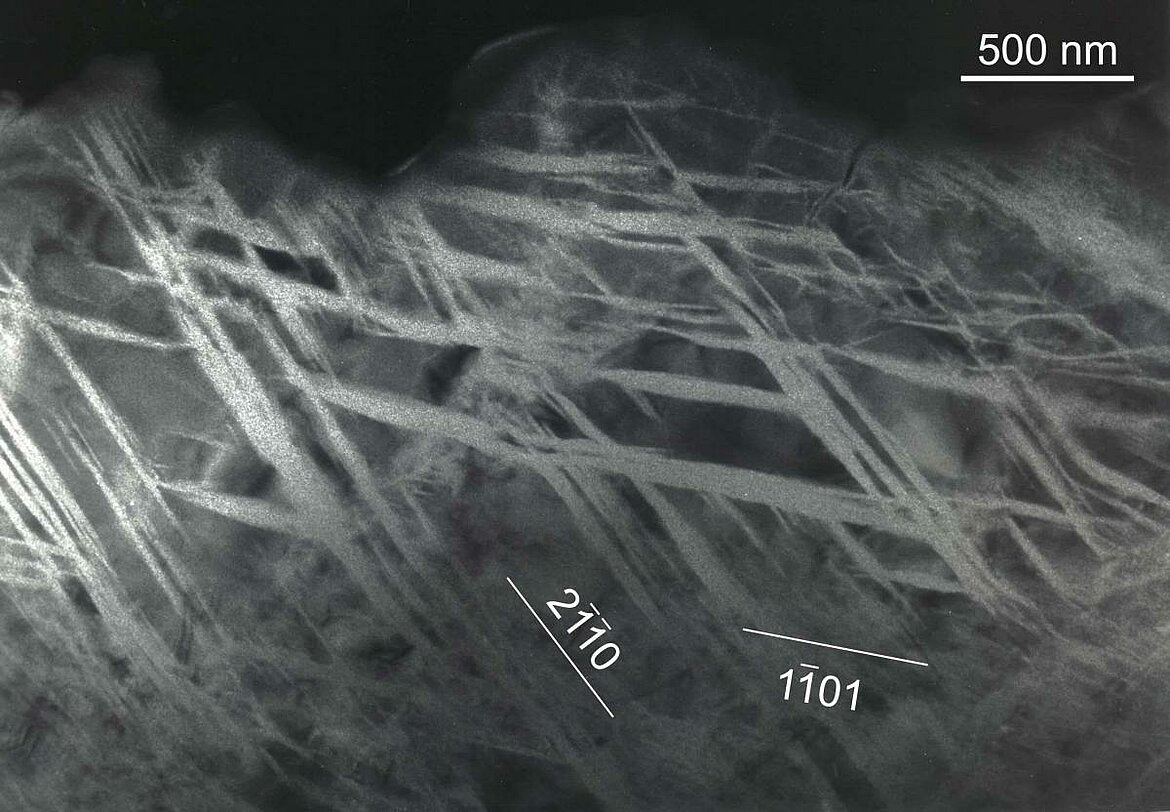13 January 2022 - New publication in Current Opinion in Solid State and Materials Science
On amorphization as a deformation mechanism under high stresses
Most structural materials, among which metals, are crystalline. That is to say that the atomic arrangement is above all characterized by short and long-range order which is not very compatible with the capacity to undergo large strains (like fluids). Most crystal plasticity theories involve crystal defects. Only a small fraction of atoms in the crystal have local arrangements which deviate from perfect crystal. Their motion carries plastic strain. These defects are point defects, line defects (dislocations, disclinations, disconnections), grain boundaries, twins. More recently, it has been shown that phase transformations can be controlled to shape materials. The development of TRIP steels since the 90's is an illustration of this. In this article we consider a phase transformation that is a bit particular, since it is always out of equilibrium: stress(pressure)-induced amorphization. The local loss of long-range order radically changes the mechanical properties of solids. At first considered as a curiosity, this phenomenon is emerging as a deformation mechanism in its own right. In this article we review the current understanding of this phenomenon with emphasis on the aspects related to mechanical properties.
To learn more: H. Idrissi, P. Carrez, P. Cordier (2022) On amorphization as a deformation mechanism under high stresses. Current Opinion in Solid State & Materials Science. 26(1), 100976. https://doi.org/10.1016/j.cossms.2021.100976


